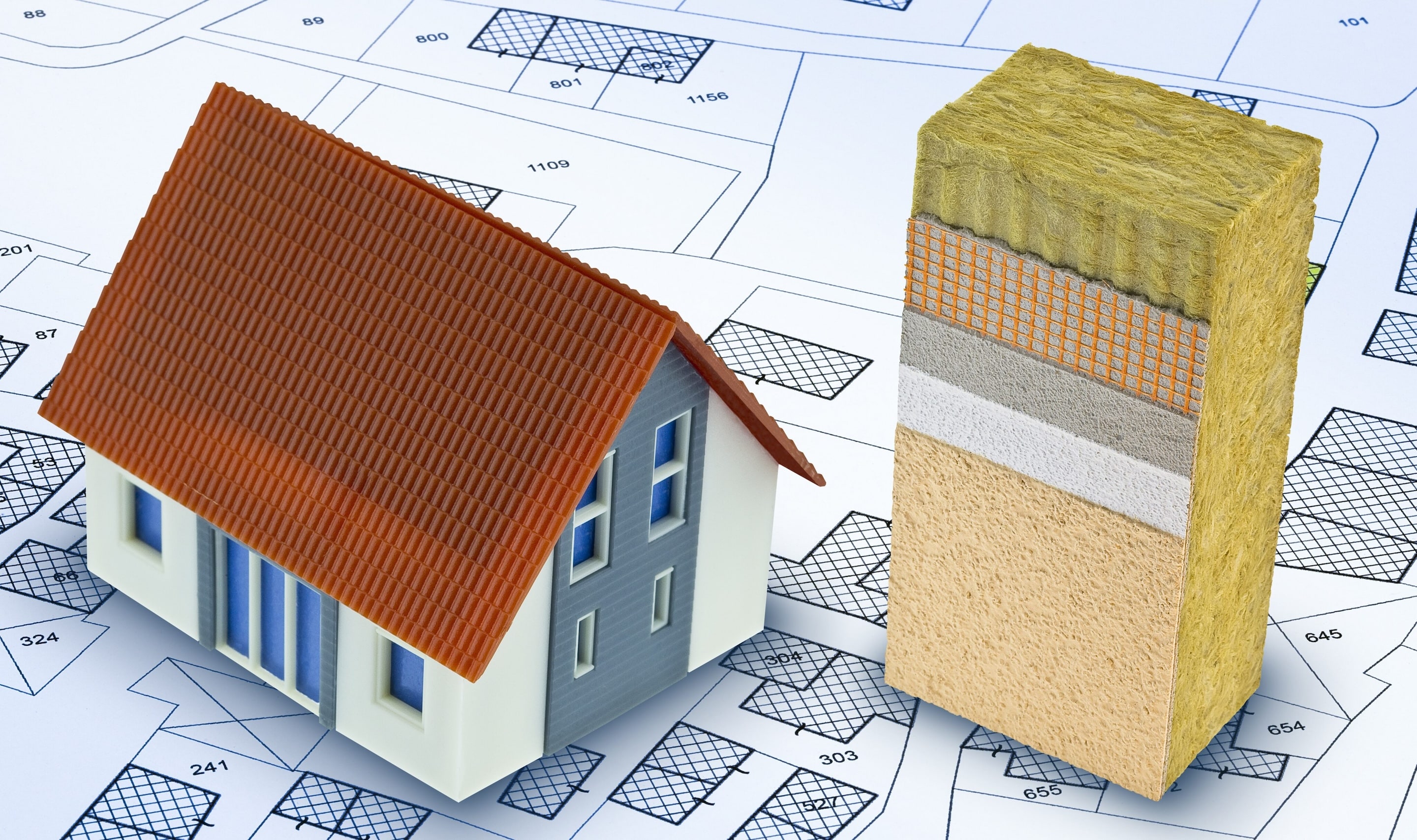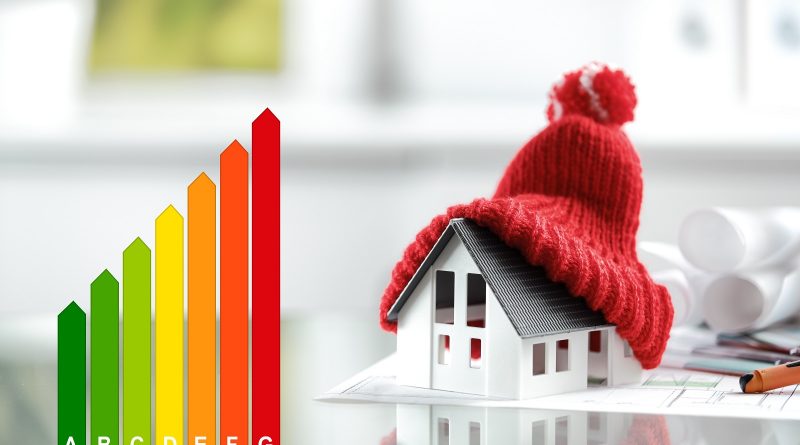
News
Harnessing External Wall Insulation: A Pathway to Energy Efficiency and Cost Savings for Homeowners and Tenants
External wall insulation (EWI) stands as a transformative solution in the realm of energy efficiency, offering homeowners and tenants alike an effective means to reduce energy costs while enhancing living conditions.
By enveloping buildings with a layer of insulation on the exterior, EWI provides numerous benefits that extend beyond mere thermal comfort. From financial savings to environmental sustainability, the adoption of EWI represents a wise investment in the quest for a greener and more cost-effective future.
At its core, EWI serves as a shield against heat loss during the winter months and heat gain in the summer, effectively regulating indoor temperatures and reducing the need for heating and cooling systems. This thermal barrier not only enhances comfort levels inside buildings but also significantly reduces energy consumption. By minimising heat transfer through exterior walls, EWI enables homeowners and tenants to maintain a comfortable living environment while simultaneously cutting down on their energy bills.
One of the most compelling advantages of EWI is its potential to unlock substantial cost savings for both homeowners and tenants over the long term.
By improving the thermal performance of buildings, EWI can lead to significant reductions in energy consumption, translating into lower utility bills for occupants. The upfront investment required for EWI installation is often outweighed by the accrued savings in energy costs over the lifespan of the building. Moreover, as energy prices continue to rise, the financial benefits of EWI become even more pronounced, offering a reliable hedge against escalating energy expenses.
Furthermore, EWI contributes to environmental sustainability by reducing carbon emissions associated with heating and cooling operations. By optimising energy efficiency, EWI helps mitigate the carbon footprint of buildings, aligning with global efforts to combat climate change. As governments around the world intensify their focus on reducing greenhouse gas emissions, EWI emerges as a practical and scalable solution for achieving energy efficiency targets and promoting environmental stewardship.

Beyond the economic and environmental benefits, EWI also enhances the aesthetic appeal and value of properties. The installation of external insulation systems can rejuvenate the appearance of buildings, concealing imperfections and weathering while providing a fresh, modern facade. This visual transformation not only enhances curb appeal but also boosts property values, making EWI a sound investment for homeowners seeking to increase the resale potential of their properties.
However, realising the full potential of EWI requires overcoming certain barriers, including upfront costs, technical considerations, and regulatory requirements. While the initial investment may deter some homeowners and tenants, various financing options and incentives are available to facilitate EWI installations, including government grants, subsidies, and low-interest loans. Additionally, building codes and regulations may dictate specific standards for EWI installations, necessitating compliance with industry guidelines and certification requirements.
In conclusion, external wall insulation represents a powerful tool in the quest to reduce energy costs for homeowners and tenants while promoting environmental sustainability. By improving thermal performance, reducing energy consumption, and enhancing property aesthetics, EWI offers a compelling value proposition that extends far beyond mere insulation. As individuals and communities seek to embrace energy-efficient solutions in pursuit of a greener future, EWI stands as a beacon of innovation and opportunity, empowering stakeholders to realise tangible benefits for themselves and future generations.
